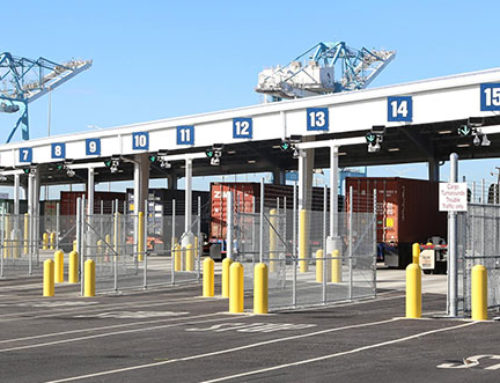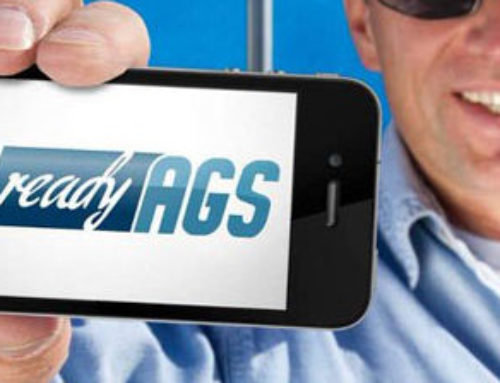 Record congestion at domestic seaports is imperiling all types of supply chains. California’s primary ports now have more than 60 freighters and 500,000 containers anchored offshore waiting to unload. The situation is just as dire at East Coast ports.
Record congestion at domestic seaports is imperiling all types of supply chains. California’s primary ports now have more than 60 freighters and 500,000 containers anchored offshore waiting to unload. The situation is just as dire at East Coast ports.
Port operators are sharpening their focus on information systems to break the bottlenecks by moving containers more efficiently into and out of terminals. Considering the gravity of the situation, is now the time to consider taking on multiple projects at once?
At the forefront of many decisions to improve efficiency is to upgrade Automated Gate Systems (AGS) or Terminal Operating System (TOS), or both. For best results, upgrade your AGS first before considering a new TOS and never attempt to do both simultaneously.
Out of the starting gate
Upgrading to a new AGS with the latest technology will be a much simpler project than trying to leap towards a TOS upgrade.
A port terminal could upgrade an AGS one lane at a time without worrying about disrupting the flow of container traffic. The new system can operate in parallel with the old gate system. Port terminals can swap out lanes one by one and conduct separate go-live events for the in-gate and out-gate systems.
Using a phased AGS implementation approach requires much less work and carries less risk for an organization. It also produces a faster return on investment compared to a TOS upgrade.
Drivers will see immediate advantages. A new AGS includes reliable equipment, a faster workflow, ease of use, and shorter lines at the gates. Gate personnel also will benefit from greater automation of gate processes. They will interact less with drivers, give carriers faster turn times, and have an overall better user experience.
No time for disruption
Upgrading a TOS takes comparatively more time. The process will require making a hard swap at some point by turning on a new system while simultaneously turning off the old system.
When a go-live event happens, the new system of record must run seamlessly to maintain the flow of containers in and out of a terminal. Setting up everything properly to maintain inventory control, scheduling, appointments, and tracking is a major undertaking. If anything goes wrong the consequences will be very disruptive.
Doing everything right can take months of preparation and, even then, take several years before a port terminal sees a return on investment.
Getting the easy victory
Upgrading to a new AGS is the better of two options, but port operators may be wondering if the time and cost for integrating a new gate system to an old TOS is worth it. After all, they will need to redo the process again when the TOS changes. The same is true if they were to change the TOS before they upgraded the gates.
Integrating a new gate system to an existing TOS, with the right partner is straightforward. Changing an existing gate system to a different TOS is also a low-risk endeavor, especially when the new TOS is using modern technology. To be sure, the integration of an AGS with a new TOS can be tested before going live, for nominal cost, in a UAT (User Acceptance Test) environment.
Given the ease of integrating AGS and TOS technology, it may seem like a sound strategy to change both at the same time. The answer here is again simple: changing both, simultaneously, will disrupt a large segment of an organization and customers (drivers and carriers).
Disrupting the flow of containers in and out of a terminal when backlogs are already piling up would be unthinkable. Instead, consider parallel testing a new TOS while an AGS upgrade is methodically taking place. This strategy will split the change management and risk into smaller bites.
The process of switching a TOS can take years of planning and implementation, whereas port operators can immediately benefit from having faster, more reliable gates and satisfied drivers.
For more on our automated gating solutions, contact us today to learn more.


